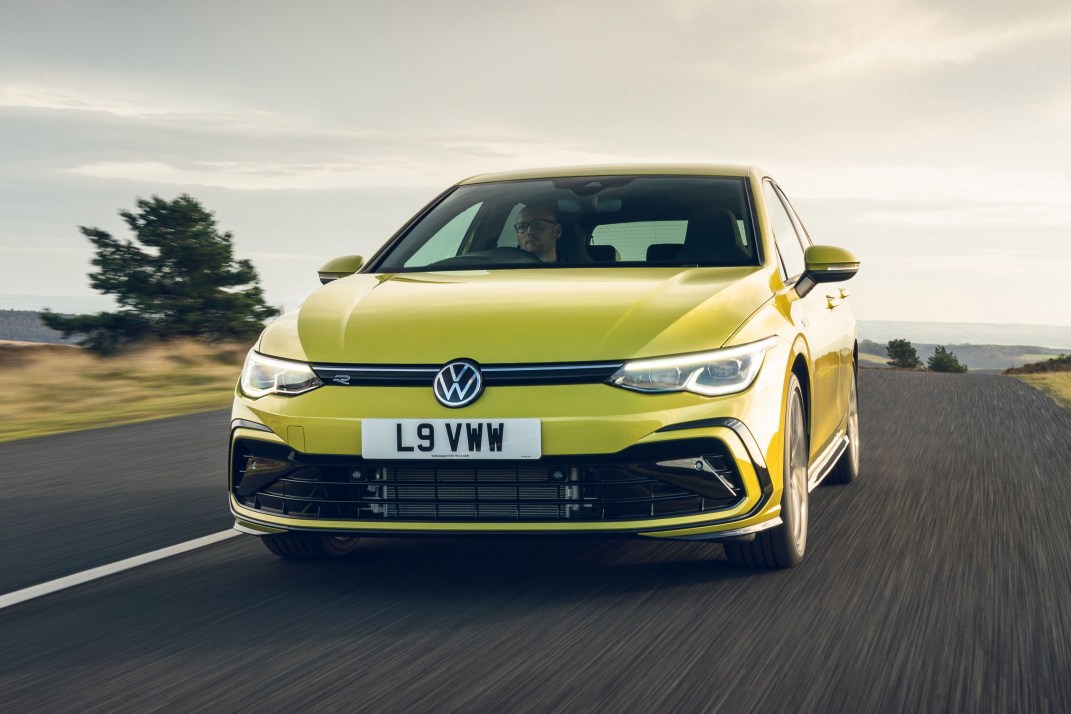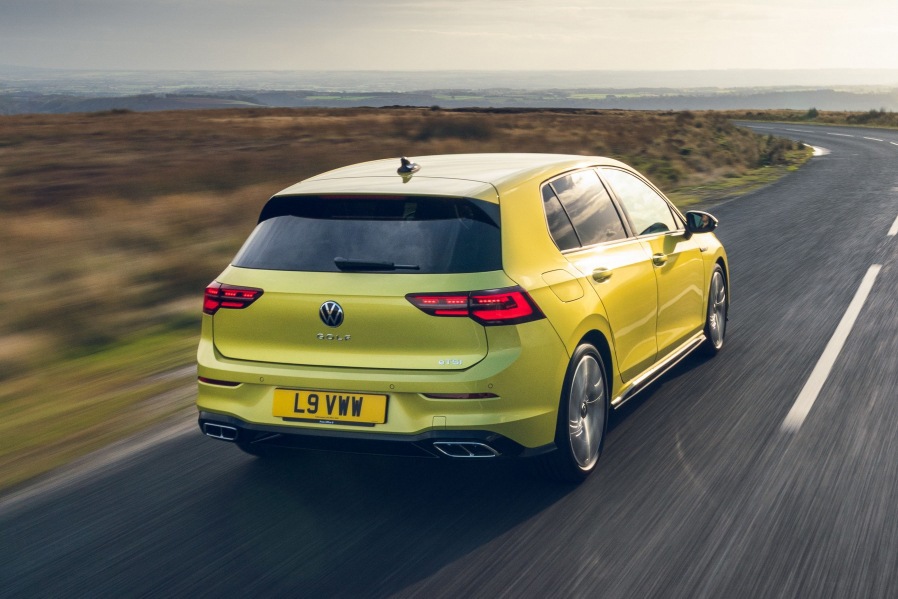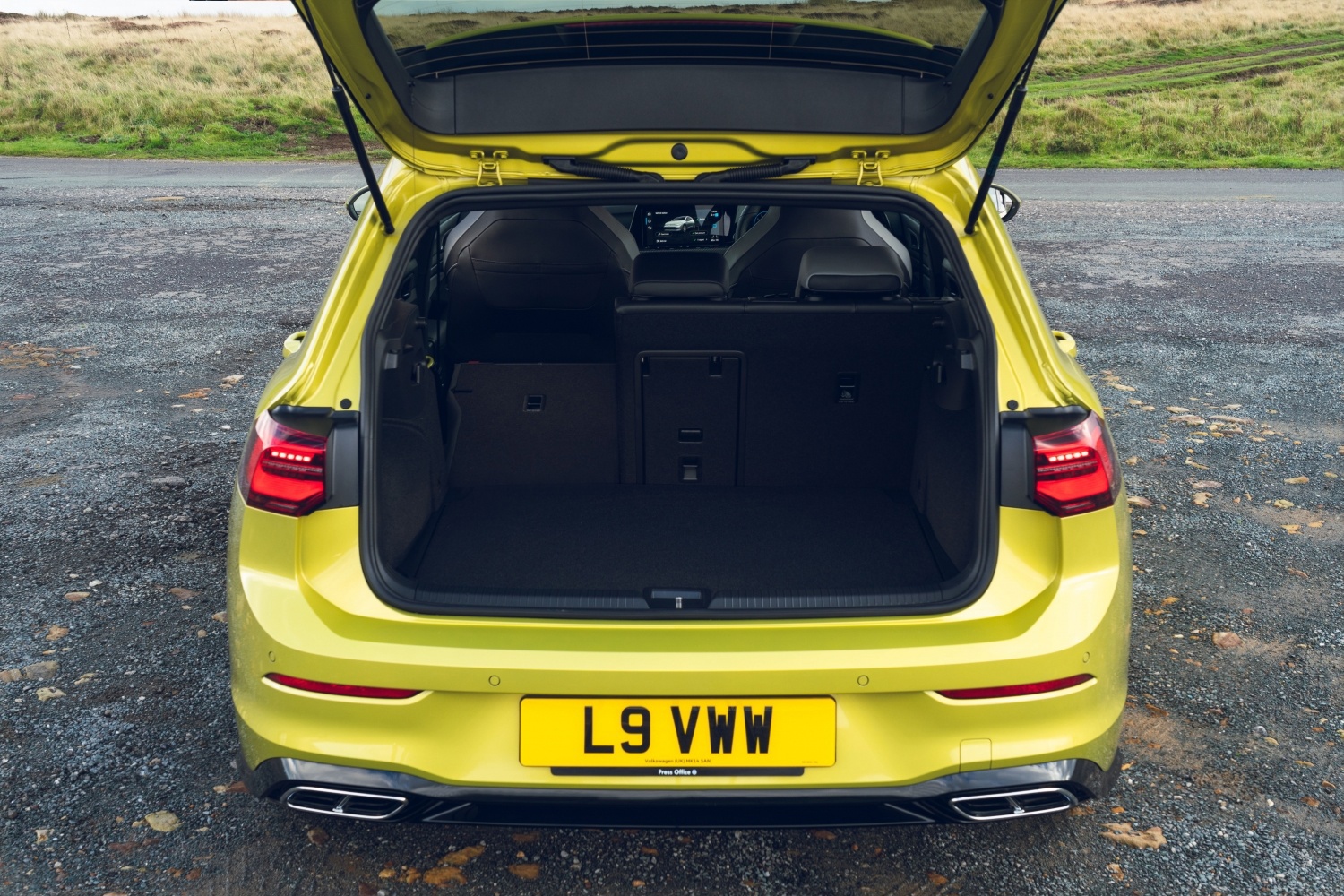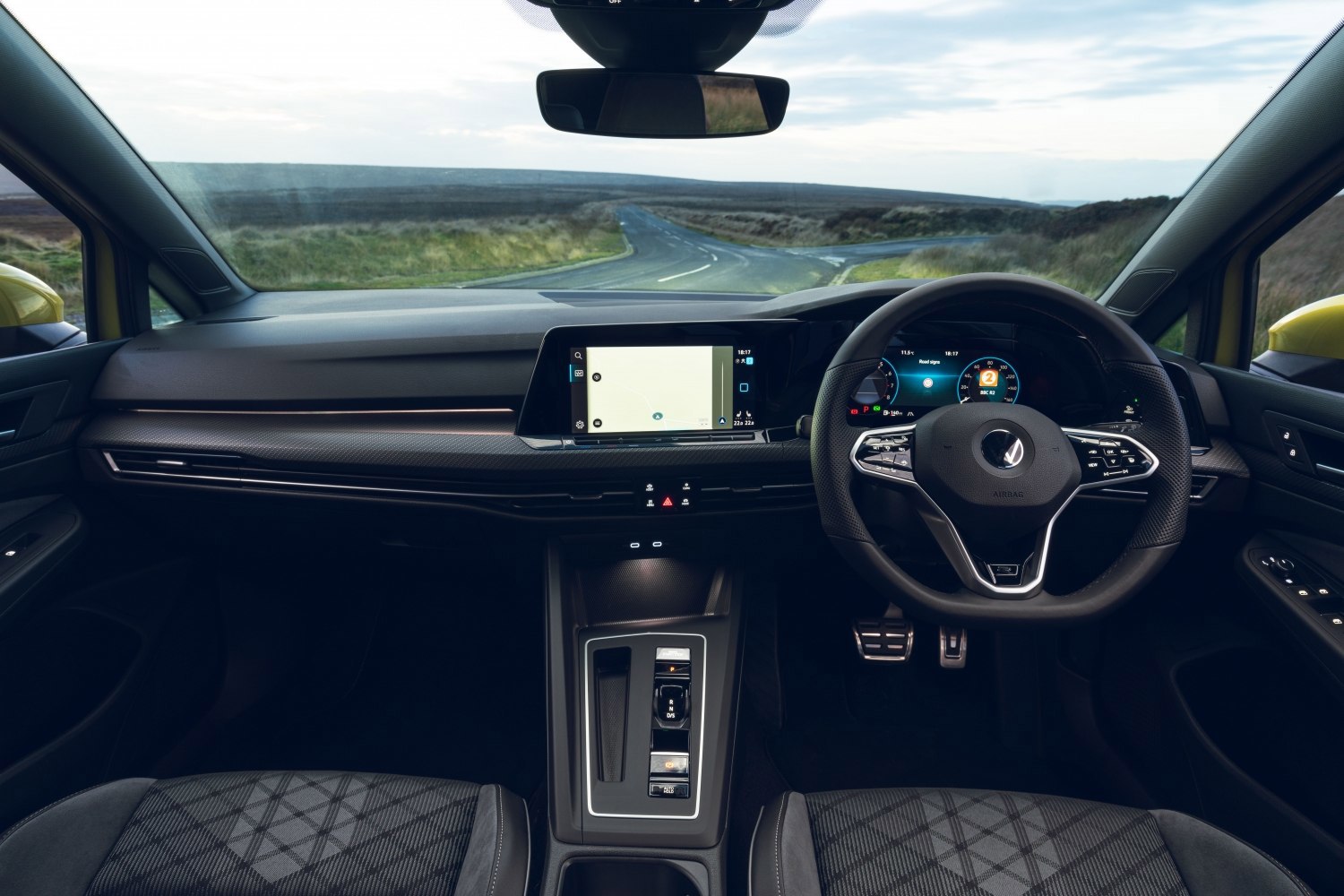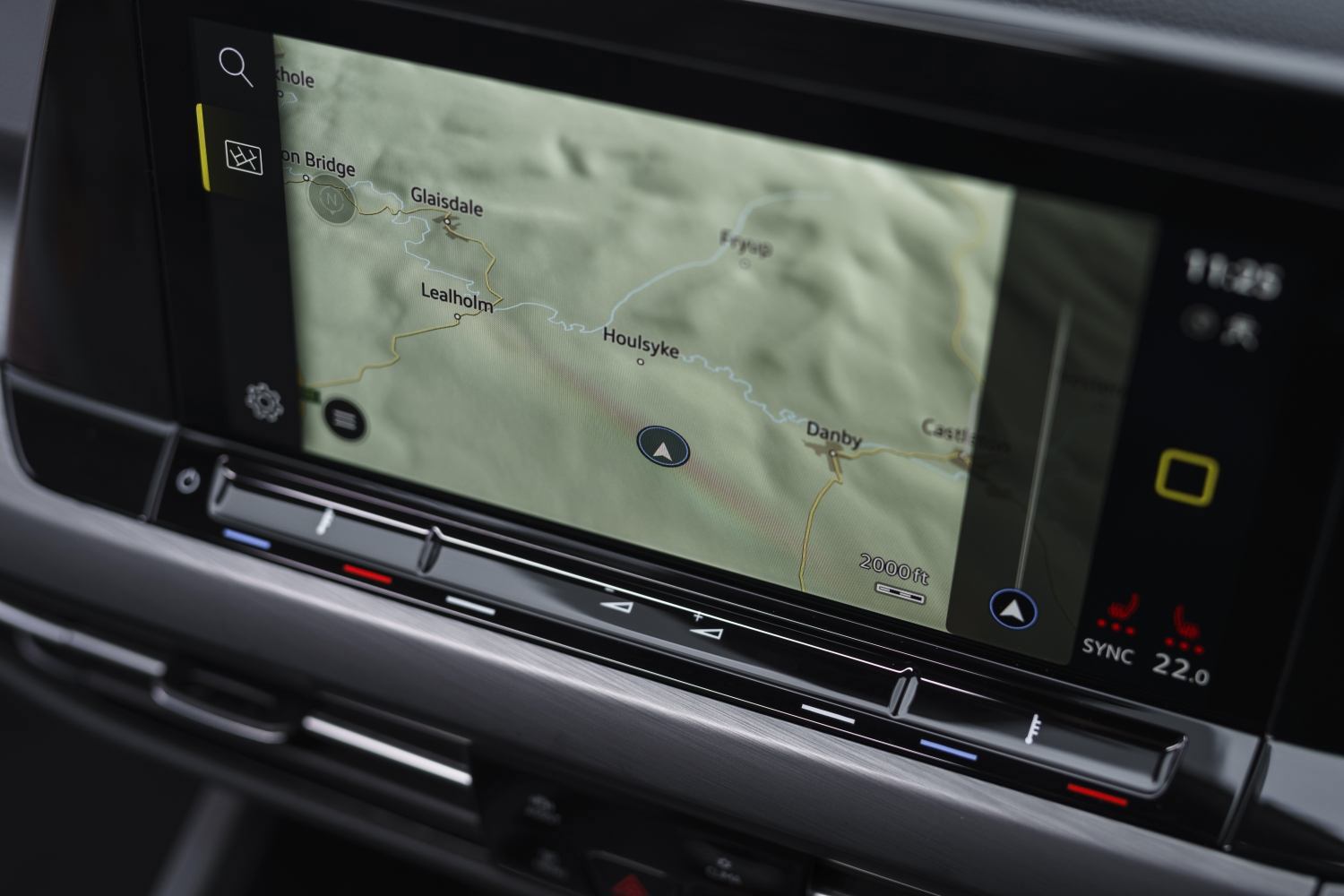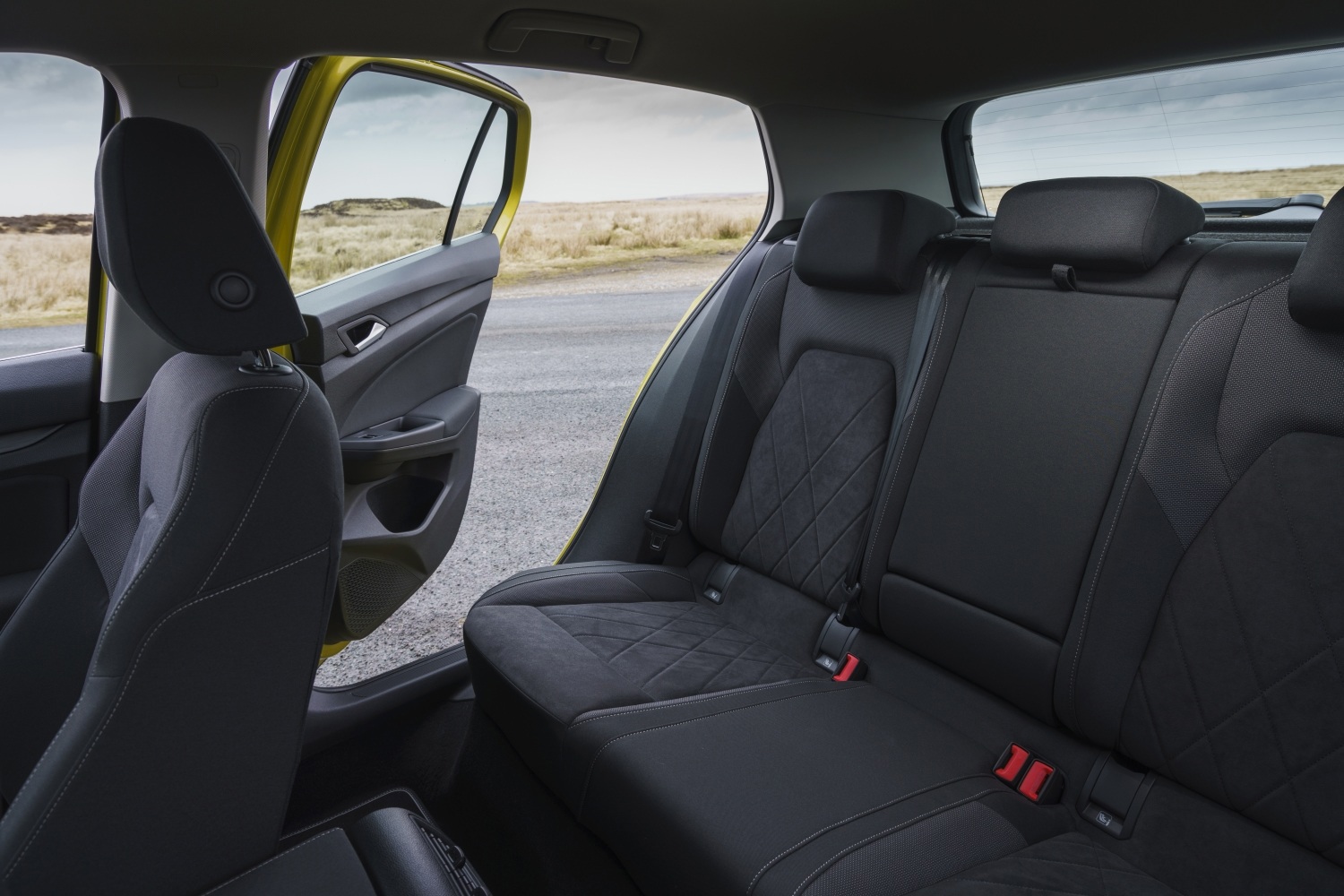 The Golf’s biggest rival, the Ford Focus sells in huge numbers for good reasons. Its great to drive, there’s a big variety of engines and trims to choose from, and Ford dealers are usually very keen to strike a good deal. As well as all of this, the Focus has a comfortable, roomy cabin, and its infotainment system is a whole lot easier to fathom than the Golf’s. Only some poor quality interior finishes and so-so performance of the smallest engine options let the side down for the Ford. The ST hot hatch is every inch a GTI alternative.
The Golf’s biggest rival, the Ford Focus sells in huge numbers for good reasons. Its great to drive, there’s a big variety of engines and trims to choose from, and Ford dealers are usually very keen to strike a good deal. As well as all of this, the Focus has a comfortable, roomy cabin, and its infotainment system is a whole lot easier to fathom than the Golf’s. Only some poor quality interior finishes and so-so performance of the smallest engine options let the side down for the Ford. The ST hot hatch is every inch a GTI alternative.
Volkswagen Golf review 2024
Quick overview
- Cabin comfort
- Range of engines
- Excellent driving position
- Fiddly infotainment system
- Rear seat space
- Interior quality
| Search used Volkswagen Golf for sale |
The Volkswagen Golf has become a byword for the small hatch class. It’s not surprising when you learn the Golf has been around since 1974 and is now into its eighth generation, outselling even the Beetle. A great deal of this success stems from the Golf following a simple mantra of evolution with each new model, delivering what buyers want as demands and tastes change.
It's a plan that has paid off for Volkswagen, most of the time. There has been the occasional misstep, but these have rarely affected sales or the overall impression of the Golf as one of the best cars in its class at any given time. Even in the face of stiff opposition from cars like the Ford Focus and Vauxhall Astra at one end of the scale and Audi A3, BMW 1 Series and Mercedes A-Class at the other, the Golf has stayed buoyant.
With the latest Golf, it’s easy to see why small hatch buyers are keen to get behind the wheel. It’s a good looking car regardless of whether you choose the least expensive model or the all-zinging GTI, or even the very high performance R model. All deliver a sound driving experience coupled to an ease of use that makes each and every version a pleasure to live with.
There are some qualifications with this, such as the infotainment system in the current Golf that’s not as simple to use as those in many other rivals. There’s also not as much space in the back seats for adults as some competitors, and the quality of some materials in the cabin could be better. Overall, though, the Golf still delivers on all the big ticket demands of small hatch buyers, with the added attraction of a hybrid model for this generation that can run on battery power for up to 38 miles.
Infotainment, comfort and practicality
Volkswagen has always been at the forefront of classy cabins in the small hatch sector and so it is with the latest Golf. At first glance, it really is one of the sleekest, chicest places you could wish to sit. For the driver, there’s plenty of adjustment in the seating and steering positions to get comfortable even on longer trips. One small point to note is that some drivers might find the seat doesn’t offer sufficient lower back support, though this is more of an issue with the lower trims that do without sports seats.
All-round vision is among the best in the class, while room for head, legs and shoulders is ideal. You’ll also find more than enough storage dotted around the driver’s environment in the door bin and centre console to stash your mobile phone and other kit and caboodle. Moving to the dash itself, the main instrument binnacle has a digital display that’s easy to read and you can change the way information is displayed to suit your tastes using the steering wheel buttons.
Next to the main binnacle is the infotainment touchscreen and this is where the current Golf encounters its biggest problem compared to rivals. In trying to push almost every function onto the display screen to declutter the cabin of traditional buttons and dials, VW has made it just too complicated to operate simple controls such as the ventilation and stereo and hands-free phone. While there are big on-screen icons, the response of the touchscreen is often too slow-witted and you find yourself scrolling through too many menu screens to find the one you need. More shortcut buttons would help here, but so would simple rotary dials for the temperature and fan speed. On the plus side, the stubby lever for the automatic gearbox, if specified, is easy to use.
For those sitting in the back seats, it very much depends on whether you’re an adult or child as to how much you will like it. For kids, there’s plenty of room and you can fit three abreast, while VW provides two Isofix child seat mounts on the outer two rear pews. A trio of three-point seat belts means all back seat passengers are kept safe. However, fitting three adults into the back of the Golf is going to be a very tight fit. There is enough room for heads, but it’s otherwise just a bit too cramped for anything other than short journeys.
Life the Golf’s tailgate and you find a boot that is average in size for this class, though this still means you’ll have no bother fitting in the weekly shop. The load sill is not too high for hefting in pushchairs, and larger items can be accommodated by dropping one or both sides of the 60/40 split and tip rear seat back. Make the most of this space and the Golf is able to carry most larger loads.
2020 Volkswagen Golf engines: how does it drive?
Volkswagen clearly believes in giving customers plenty of choice when it comes to engines and how their Golf will drive. You can pick from petrol, diesel and hybrid power, as well as several sporty models for keener drivers. On top of this, most engines are offered with either a six-speed manual or seven-speed DSG automatic gearboxes.
The engine line-up begins with a 1.0-litre three-cylinder TSI turbo petrol that has 110bhp. It might be a small motor for this size of car, but it does a good job around town and also works decently well on faster roads, though for anyone who regularly crosses the motorway network the 1.5TSI petrol in either 130- or 150hp forms is a better bet. Choose the 1.5 engine and there’s only a very small difference in fuel economy and emissions, while the gains in flexibility and ease of use more than outweigh this.
These smaller petrol engines make up the backbone of the Golf range and come as standard with a six-speed manual gearbox. However, it’s worth considering the seven-speed auto as not only is there no penalty in performance, economy or emissions, you gain a mild hybrid system as standard. This allows the Golf to sit with the engine switched off for longer as part of its stop-start function, and it also allows the car to pull away for short distances on battery power before the petrol motor comes in seamlessly.
Volkswagen continues to offer diesel engines, unlike some rivals, so you can decide between different power outputs for the 2.0-litre TDI motor. There are 115-, 150- and 200hp versions, with the most powerful reserved for the GTD. Best of this bunch is the 150hp TDI that offers combined economy of 62.8mpg and 119g/km CO2 emissions.
Many will prefer the hybrid option to a diesel and the Golf GTE is a sound, if pricey, choice. Its 1.4-litre petrol turbo engine and battery combination offer up brisk performance of 0-62mph in 6.7 seconds. Or, if getting the most miles out of the fuel is your main concern, the GTE can travel up to a claimed 38 miles on battery power alone and deliver a combined economy of 237.8mpg.
Performance fans will be drawn to the GTI, Clubsport and R hot hatch models, which all use a 2.0-litre turbo petrol engine. In the GTI, the motor offers 245hp, while the Clubsport ups that to 300hp and the R goes further still with 320hp. There’s not much in it between the Clubsport and R as the more powerful car’s four-wheel drive adds weight. However, it also provides tenacious grip in all weathers and every road surface, making the R one of the quickest real world performance cars around. The Clubsport and GTI are also both great fun to drive, and the GTI still blends a good helping of comfort and practicality with its pace.
The other models in the Golf line-up all deliver comfort and refinement up there with the best in class. The R-Line and GTD models has a slightly firmer suspension set-up and you can also add the optional Dynamic Chassis Control to choose between Comfort, Normal and Sport driving modes. It works well, but the BMW 1 Series or SEAT Leon are more engaging to drive.
Even so, the Golf comes up trumps for safety kit as all models come with adaptive cruise control, and Front Assist is included to detect and apply the brakes if it senses oncoming hazards. VW also fits Lane Assist to all Golfs.
Value for money: how much does a 2020 Volkswagen Golf cost to buy and run?
The Volkswagen Golf range starts at £24,430 for the Life model and progresses through the Active, Style and R-Line trims. For those seeking a bit of sporting prowess in their life, the petrol-powered GTI gets out of the blocks at £34,940, while the plug-in hybrid GTE costs from £37,520. Other variations on the sporting theme come in the shape of the diesel-powered GTD from £34,230 or the petrol-only GTI Clubsport for £38,760. The ultimate in quick Golfs is the R, which has a list price of £40,900.
There are savings of around £1500 possible when haggling on the new price of a Golf. Or, you could look to the used market where a one-year old Mk8 Golf can be had in 1.5TSI Life specification for around the £19,000 mark with average mileage.
For day to day running costs, the 1.0TSI petrol engine offers 52.3mpg and 121g/km carbon dioxide emissions, while the 1.5TSI comes in at 51.4mpg and 123g/km for the 130hp version. Choose the 150hp 1.5 and it returns the same economy but 126g/km. The only other petrol-only engine is the 2.0-litre turbo motor that powers the performance versions of the Golf. In the GTI, it develops 245bhp and is capable of 38.7mpg while emitting 167g/km of CO2.
There are 115-, 150- and 200hp versions, with the most powerful reserved for the GTD. Best of this bunch is the 150hp TDI that offers combined economy of 62.8mpg and 119g/km CO2 emissions. However, many will look to the GTE petrol-electric hybrid, especially company car drivers, thanks to its 27g/km CO2 emissions and official combined economy of 237.8mpg. This model can also cover a claimed 38 miles on battery power alone.
The GTE sits in group 27 for insurance, which is just one group lower than the GTI. The Clubsport and R are both in group 31, while at the other end of the scale the 1.0TSI is in group 14. Routine maintenance will be the same as for any of the Golf’s rivals, and all cars in the range come with a three-year, 60,000-mile warranty.
Verdict: Should I buy a 2020 Volkswagen Golf ?
Throughout its life, the Volkswagen Golf has provided a simple, practical answer to the motoring needs of millions of drivers. The latest model continues to do this, though the fiddly infotainment set-up is an irritating blot on the car’s otherwise fine character. You might also notice the cabin quality is not as bank vault solid as in previous generations, but it’s still better than most in this sector.
There are plenty of engines and trims to choose from, so finding a Golf to suit you is easy. Just make sure there’s enough space in the back seats if you plan on giving friends a lift.
For those paying outright for their new Golf, it is pricier than rivals. The good news is this will be repaid in stronger than average residual values for this class, and it also helps keep leasing costs reasonable.
What could I buy instead of a 2020 Volkswagen Golf ?
Ford Focus
Kia Ceed
.jpg?rmode=max&width=500)
If there’s one thing Kia knows how to do, it’s offer great value family cars. However, to judge the Ceed just on price is to miss one of the very best cars in the small hatch segment. This is particularly true if you stick to the more affordable models in the Ceed’s line-up as they are well equipped, strong on build quality, and offer low running costs. You also get a large boot, and that famous seven-year, 100,000-mile Kia warranty. Where the Kia trails the Golf is in outright interior space, safety kit, and there’s a slightly unsettled ride quality on anything but the smoothest roads.
BMW 1 Series
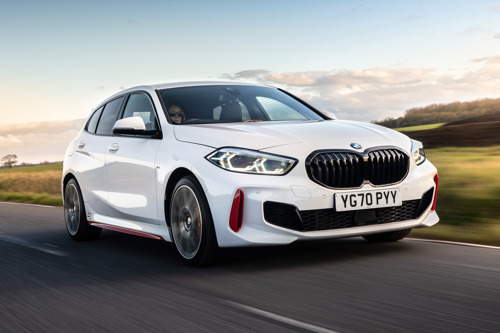
BMW has got it just right with its 1 Series to create a small hatch that is every inch a serious rival to the Golf’s more sporting versions. The way the 1 Series drives puts a smile on your face every time, yet it’s also allied to fine comfort, and a practical, spacious interior. Volkswagen should also be taking notes on just how easy the BMW’s infotainment system is to use. However, BMW needs to improve the safety equipment count in the 1 Series, as well as make it a little quieter on the motorway.


